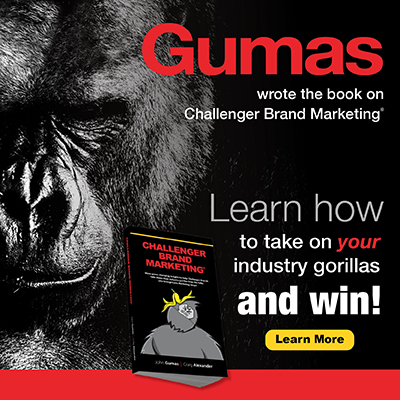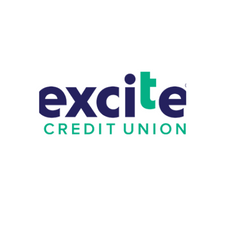This month, my wife celebrated a landmark birthday. And, because I love my wife and hold my more-than-30-year marriage in high regard, I will not tell you which landmark birthday this was. I wanted to get her something that was equal parts thoughtful, appropriate and physically formidable. I figured, if it’s a big birthday, the gift should be big, too.
I researched at length to find a piece of wall art that adequately captured my wife’s love of horses, her affinity for the Belle Époch art style and the need to cover a large empty space in our front room. I found it. A vintage French advertising poster promoting an upcoming Wild West show. It was sublime. Horses, cowboys and a colorful setting, and the text was in French: c’est vrai. Oh, and did I mention it was big? Roughly five feet tall and seven feet wide. Énorme.
Confident that my gift marked all of the check boxes, I excitedly unveiled the beautifully framed, vintage, French, Wild West poster. The kids’ mouths were agape with excitement to see the actual-size cowboys riding bucking broncs and shooting their six-guns into the air. But, my wife was oddly quiet and a bit bewildered by what she was seeing.
There are several horses featured in this piece — some with bronco-busters riding wildly; others with their riders hanging halfway off, looking to snatch peacemakers off the ground; and some riderless, just looking unhappy. Yeah, that’s right — unhappy. And who could blame them? The Wild West wasn’t a good time for horses (it wasn’t that great for cowboys, either, but I digress). The fact that I missed the mistreatment was a grave oversight on my part. Regardless, this was not going up on a wall in our house. It had to go back.
Here’s where my story really begins. I contacted the supplier and shared my poor decision making in purchasing this print and asked them to provide their return policy. Prompt and pleasant, they offered to replace the print for another of equal or lesser value for merely the cost of shipping. After my wife and I scrolled through hundreds of images, however, we realized we were not going to find a replacement. I emailed my friend at the online print gallery and explained that we simply wanted to send the piece back and get my credit card charge reversed.
Here were the simple three steps they gave me for returning the monolith:
1. Cut out a 3-by-5-inch piece from the center of each item you are returning.
2. Take a photo of the entire print, showing where the swatch was cut out.
3. Reply to this email with the photo of the destroyed items attached.
You may need to read the steps a second time; I did. I was being asked to destroy this beautiful canvas, and only when I slashed the material and proved to them that it was no longer wall-worthy would I get my money back (less shipping). Clearly, shipping costs less than whipping up another framed poster.
This means the piece was probably worth less than $50 — much less than I paid for it. Now, I feel like a sucker having spent several hundred dollars on a $50 canvas.
The Value Of A Brand
What’s a beautifully framed, vintage, French, Wild West advertising poster worth? That depends. What is the buyer willing to pay for it? The classic definition of brand value is the cost to make something compared to the cost someone is willing to pay for it. That delta is the brand’s value. In my poster example, the brand’s value in my eyes dropped by a few hundred dollars once I learned the company didn’t care if they got their artwork back.
Businesses spend their marketing lives trying to grow their brands’ values. For most, demonstrating industry leadership through published materials, trade show presentations, interviews and quotes in trade journals, among many other thought leadership tactics, help brands elevate their perceived values. Supplementing thought leadership with digital and traditional media accelerates the effort. Add in the important customer experience component, and you have the formula for growing a brand’s value.
If you’re a brand that places a high priority on brand value, then you might want to take note of a few tips:
Focus On Customer Experience
What does the customer get out of the relationship with your product? More than the product’s utilitarian value, how does the brand, and your company, make the customer feel? Understand that feeling, and trade on it.
Customer service training, to demonstrate the organization’s commitment and improve customer interaction, is a great place to start upping your customer experience game. You might also want to take a close look at your customer-facing collateral materials to determine if your messaging is speaking to the customer’s heart or just listing product features.
Avoid Discounting
Particularly with your flagship brand, maintain price integrity wherever possible. A customer who buys a $1,000 suit on sale for $200 will never buy that suit at $1,000 again.
Recognizing the benefits of discounting, we suggest establishing regularly scheduled and branded sales events that allow you to thematically provide price reductions and create an anticipated customer engagement that will delight your audience without appearing discount-oriented or desperate.
Highlight Influencers
Tying your brand to appropriate influencers can elevate your brand value simply by association. Where was Reese’s Pieces before E.T. was tied to the brand?
Source recognized influencers who are both appropriate for your brand and relatable to your audience. Customers trust brands that are endorsed by respected influencers, and this relationship strengthens a brand’s value. Fair warning: be sure to vet your potential influencers to ensure your values are aligned. Avoid hiring a vegan to endorse the beef industry.
In my wife’s birthday gift example, the poster company’s brand value dropped significantly. I would not be willing to pay more for its poster versus a competitor’s. And brand value risks further deterioration the more a story is shared. There’s a lot to learn from my poor judgment in gifts.
*Originally published by Forbes Agency Council June 12, 2018. https://www.forbes.com/sites/









